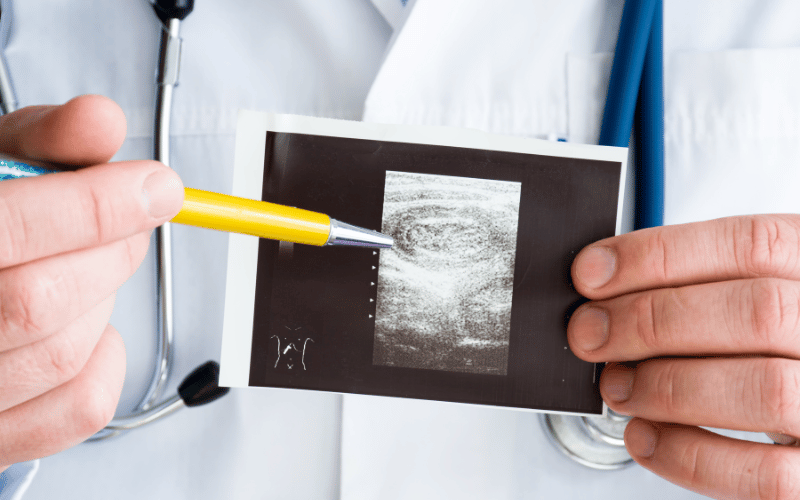Introduction: What Every Parent Needs to Understand About Intussusception
Intussusception might sound like an intimidating medical term, but understanding it could be crucial for the well-being of your child. It’s one of those conditions that doesn’t get as much attention as the common cold or flu, but its symptoms are alarming and require immediate medical attention.

At its core, intussusception involves one part of the intestine sliding into another section, much like segments of a telescope. This can cause a blockage, preventing food or fluids from passing through. Even more concerning is the reduced blood flow to that section of the intestine. If not treated in time, this can lead to serious complications, such as infections or even tissue damage.
The reason why every parent should have this condition on their radar is simple. It’s relatively common, especially in younger children, and the earlier it’s detected, the better the outcomes tend to be. But detection requires awareness, which brings us to the main goal of this article: to shed light on the primary symptoms of intussusception in children.
Symptom 1: Abdominal Pain

Abdominal pain stands out as one of the most notable indicators of intussusception in children. This isn’t your typical tummy ache. It’s an intense and sudden pain that can be alarming both to the child and the parent. Children might react by crying out of the blue, their cries piercing and filled with distress.
Often, the pain isn’t consistent. It may come and go, but its frequency usually increases as time goes on. One distinctive behavior to watch out for is if the child pulls their knees to their chest. This posture is a defensive mechanism, indicating severe abdominal discomfort. Another crucial observation is that these episodes might last for minutes, making them markedly different from transient pains.
The abdomen, especially the right side, might feel firmer to the touch during these episodes. It’s also not uncommon for children to adopt a fetal position, seeking some form of relief. Furthermore, the child might not want their belly touched, indicating tenderness and sensitivity in that area.
Abdominal pain is particularly alarming because it signals a potential obstruction. In the context of intussusception, it can mean that one part of the intestine has telescoped into another, causing a blockage. While several conditions might cause abdominal pain in children, the intensity and sudden onset, combined with other symptoms, might point towards intussusception. Always trust your instincts and seek medical attention if you feel something’s not right. (1)